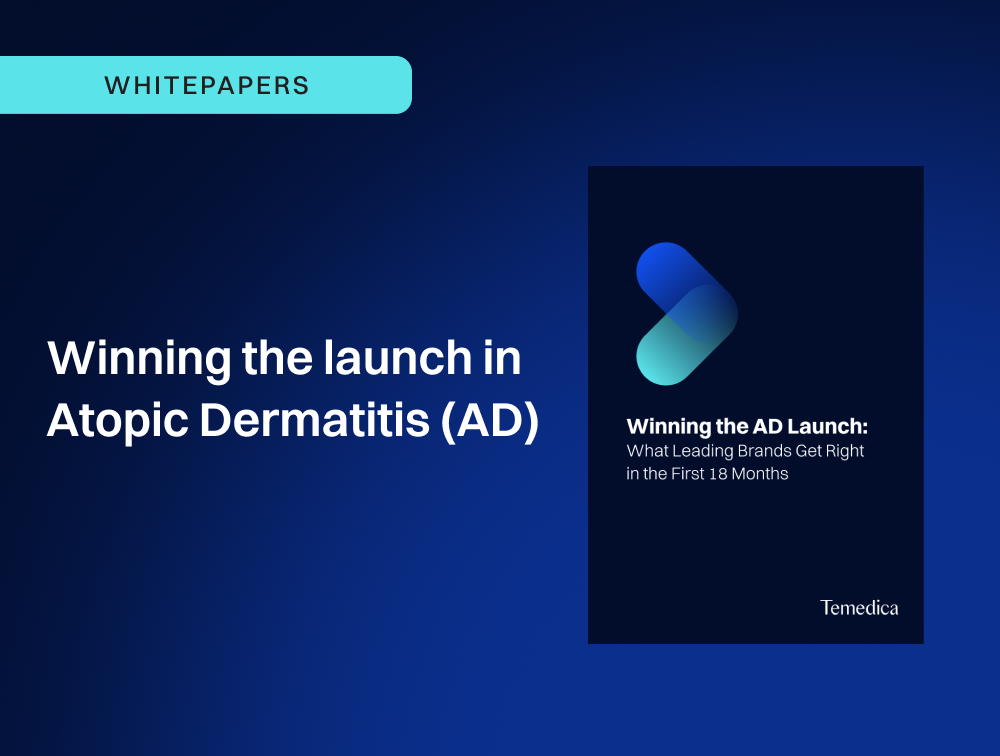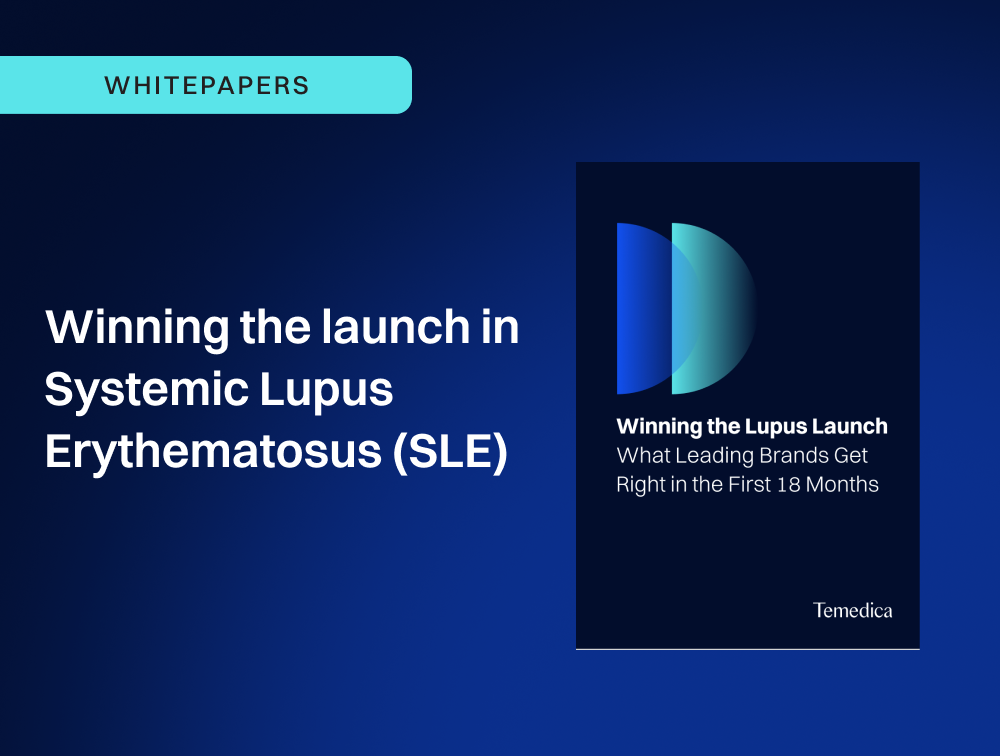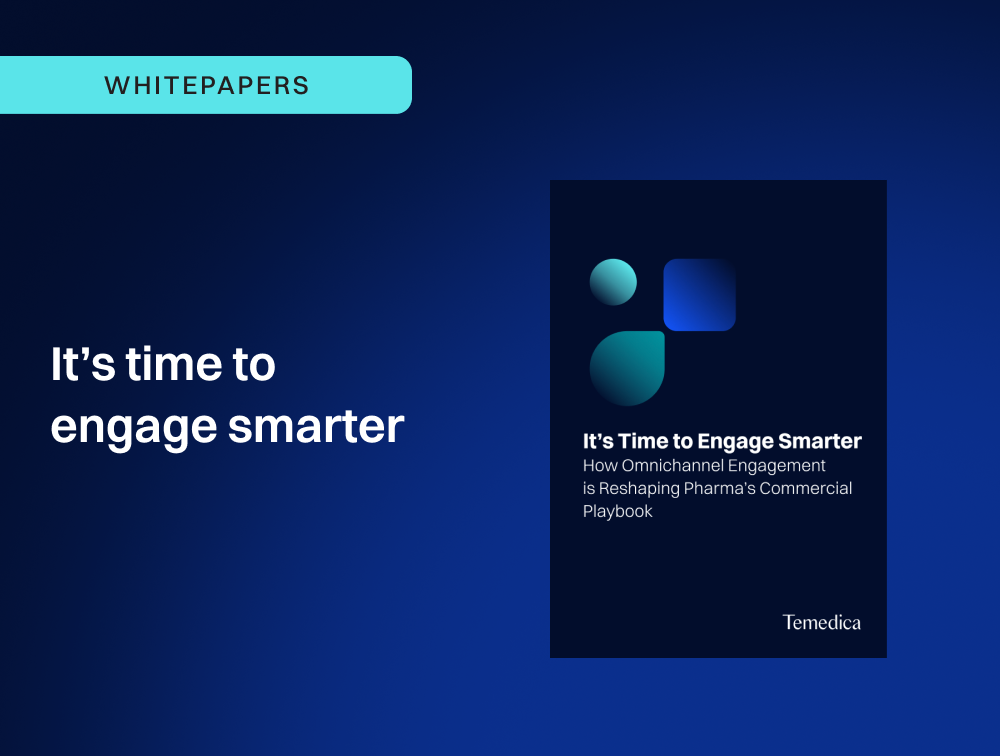Reducing diagnostic delays with advanced healthcare analytics
Overcoming barriers to innovation in health data management
The healthcare industry is uniquely positioned to benefit from the integration of diverse data sources. Yet, the journey from data collection to actionable insights is often hampered by fragmentation and lack of interoperability. To unlock the true potential of healthcare data, we must bridge these gaps and create a cohesive ecosystem that fosters seamless data integration and analysis.
The healthcare sector has always been a repository of vast amounts of data, generated from myriad sources including patient records, clinical trials, insurance claims, and even social media. However, this wealth of information often remains untapped due to the industry's inherent complexity and the strict regulatory environment governing data usage and sharing. Unlike other sectors, where digital transformation has rapidly advanced, healthcare has been slower to adopt new technologies. This lag is partly due to the critical nature of healthcare services, where patient safety and data privacy are paramount, creating substantial barriers to innovation.
Moreover, the issue of data standardization and interoperability further complicates the landscape. Healthcare data is frequently fragmented across various systems and platforms, each with its own format and standards. This lack of uniformity not only hinders the seamless exchange of information but also limits the ability to perform comprehensive data analysis. Consequently, valuable insights that could enhance patient care, streamline operations, and inform policy decisions remain locked within isolated data silos.
The value of diverse health data sources
Each type of healthcare data offers a unique perspective on patient health:
- Research Registries: Offer detailed information on patient outcomes and disease progression over time, contributing to longitudinal studies and epidemiological insights.
- Electronic Health Records (EHRs): Contain comprehensive patient medical histories, including diagnoses, treatments, and clinical notes.
- Clinical Trials: Provide rigorously controlled data on the efficacy and safety of treatments but often lack real-world applicability.
- Social Media and Patient App Data: Capture patient experiences and challenges that are often unspoken in clinical settings, providing real-time insights into patient behavior and sentiment.
- Claims Data: Details diagnoses made by healthcare professionals and the treatments billed, highlighting practical aspects of healthcare delivery.
The challenge of fragmented data
When these data sources remain isolated, they offer incomplete and sometimes misleading pictures of patient health. For instance, a study on hidradenitis suppurativa (HS) involving Temedica's research team revealed a significant, almost 50%, rate of misdiagnosis along the way to diagnosis for HS. Many of these misdiagnoses initially categorized HS under various other dermatological conditions due to the complex and overlapping symptoms of HS with other skin disorders, highlighting a critical gap in traditional diagnostic practices.
The graphs below underscore the stark difference between patient-reported diagnoses on social media and the official diagnostic codes found in insurance claims data.
(a) shows alternative diagnoses reported by HS patients in public internet posts. The most frequent alternative diagnosis was 'abscess', reported by 53.2% of the patients, followed by other conditions such as 'folliculitis' and 'severe acne'. This highlights the patients' perspective and the confusion in initial symptom interpretation.
(b) illustrates the most frequently coded dermatological diagnoses prior to an official HS diagnosis as per insurance data. Here, 'skin abscess, furuncle, carbuncle' tops the list with 25.4%, followed by 'acne' and 'dermatitis', showcasing how formal medical records can often lag in capturing the underlying condition of HS.
These discrepancies underscore the critical need for integrating various data sources. By merging patient-reported experiences with formal healthcare data, a more comprehensive understanding of health conditions can be achieved, enhancing diagnostic accuracy and bridging the gap between subjective symptoms and objective diagnoses.
Integrating comprehensive data for accurate diagnoses
The Temedica study on HS demonstrates how integrating insights from different data sources—such as insurance claims and social media—can enhance disease management. This approach facilitates the earlier recognition of patterns not evident when viewing data sets in isolation, potentially leading to more timely and accurate diagnoses.
Benefits of overcoming data blind spots
- Enhanced Diagnostic Accuracy: Integrated data provides a more nuanced understanding of patient conditions, reducing misdiagnosis rates and ensuring more accurate and timely interventions.
- Personalized Treatment Plans: With a comprehensive view of patient health, healthcare providers can develop more personalized and effective treatment plans, tailored to the unique needs and circumstances of each patient.
- Improved Patient Outcomes: Access to diverse data sources allows for early detection of health issues, proactive interventions, and continuous monitoring, all of which contribute to better patient outcomes and overall health management.
- Informed Healthcare Policies: Policymakers can use integrated data insights to develop more effective healthcare policies and resource allocation strategies, ensuring that healthcare systems are better equipped to meet patient needs.
Moving towards a data-driven future
Overcoming data blind spots is about more than just integrating different types of data; it’s about creating a cohesive and comprehensive picture of patient health. By synthesizing data sources such as patient conversations, HCP surveys, and health insurance claims, and leveraging advanced healthcare analytics, the diagnostic journey can be accelerated, moving towards a more personalized, accurate, and effective model of care. As we continue to innovate and collaborate, the future of healthcare looks promisingly data-driven, patient-centric, and holistic.
With all Permea solutions multiple health data sources are integrated to understand patient journeys and their surrounding markets. For more insights, follow us on LinkedIn.
Reference:
[1] Kirschner, Kahn, Papukchieva, Stosio, Keis, Biermann, Häusser-Fruh, Sturm, Eberl, Friedrich, Kurzen; Diagnostic delay in Hidradenitis suppurativa investigated using data from social media and from statutory health insurances; JDDG: Journal der Deutschen Dermatologischen Gesellschaft 158(114129), 15411
-3.png?width=2000&height=1031&name=Blog%20(2)-3.png)





